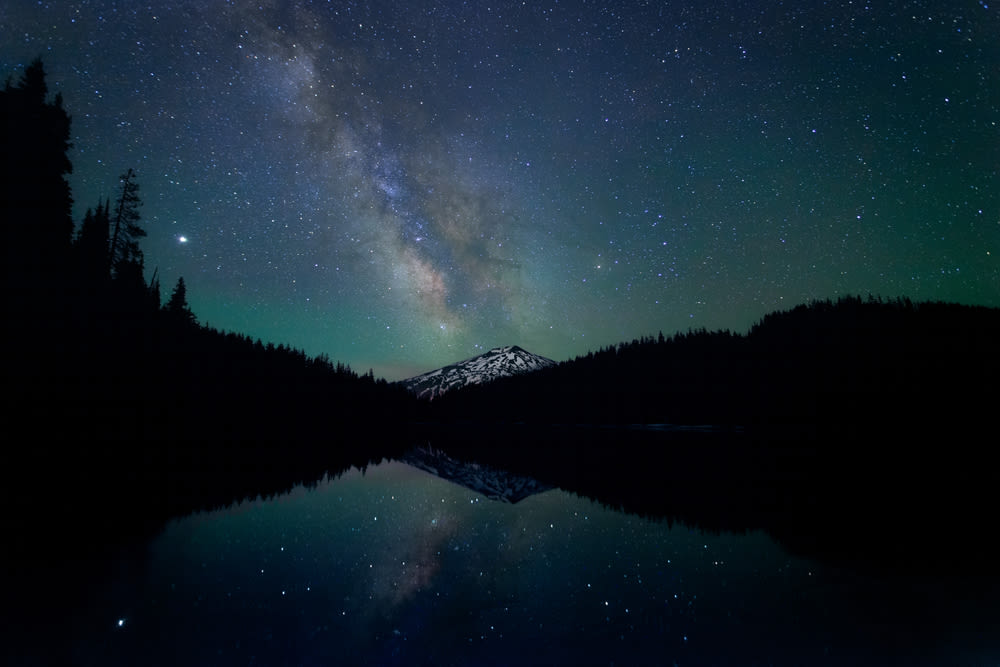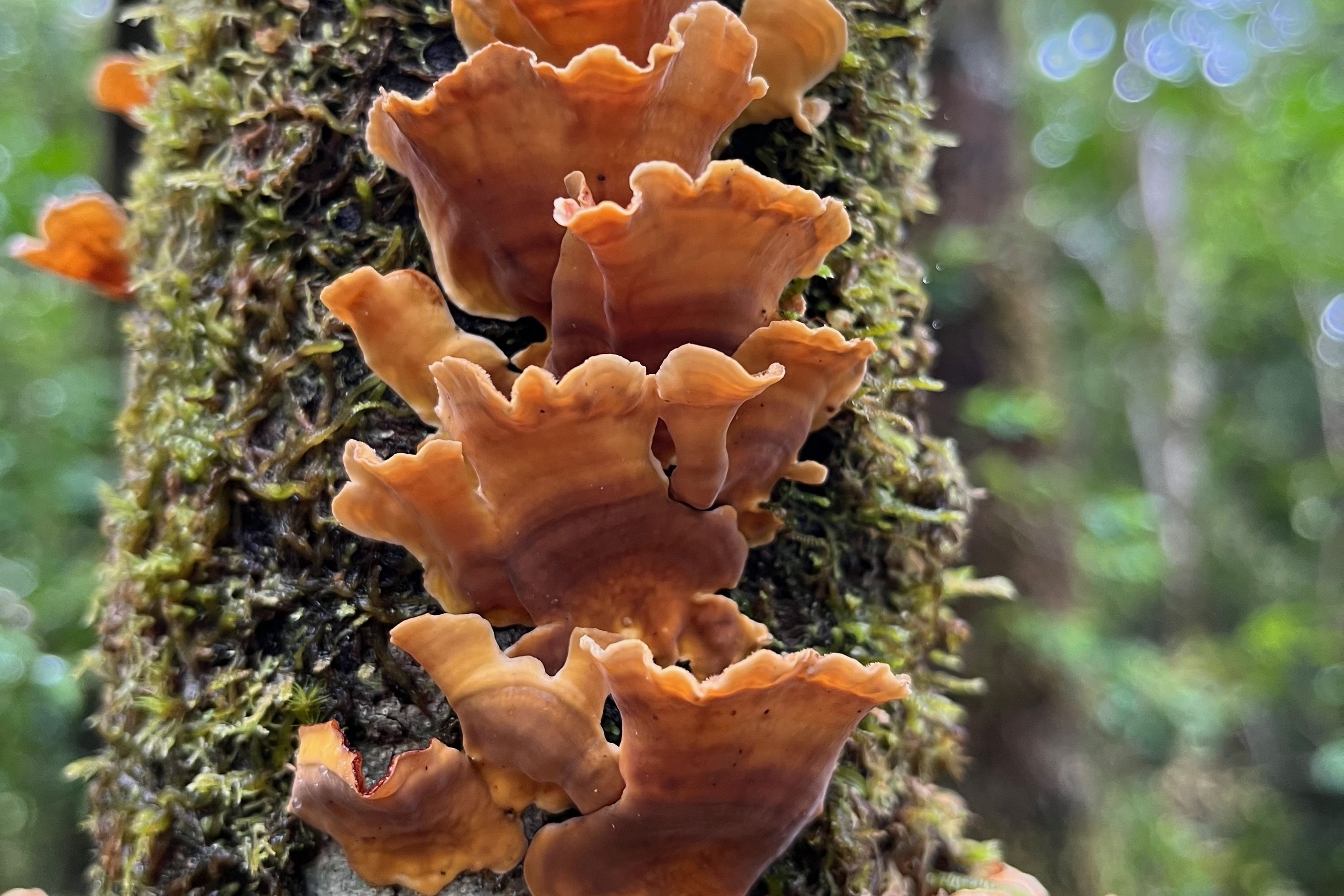Once in a Blue Moon: Where to Stargaze Around Portland

If you can make it to Central Oregon, Todd Lake is a great place for star-gazing.
Image: btdigital/Shutterstock
Humans have been studying the skies and constellations for thousands of years. Portland’s stargazing season is in full swing, so it’s time to go outside and look at the stars that our ancestors have been viewing for centuries. And with three upcoming meteor showers and a blue moon, you won’t run out of things to scan for. We talked to Rose City Astronomers' president, Margaret McCrea, for some tips on how to get the most from your stargazing experience.
What should I bring?
In order to make the best of your stargazing experience, you need to come prepared with the right tools: warm clothes, snacks, water, and something soft to sit on, like a blanket or a cushion. Even in the summer, it can get cold, so it’s best to come with extra layers.
Next, you need a star chart. McCrea recommends a planisphere, which is a wheel that you can adjust to the date and time you are gazing. There are also apps you can download on your phone, such as Stellarium, Skyview Lite, and Star Map, among others. She also recommends bringing a notebook to mark what you saw and when.
Although a telescope is a classic tool for stargazing, you don’t need to buy one. Rose City Astronomers offers a telescope library for members who have been active at least three months; the public library in Newberg also has a telescope available for checkout. (Though if you’re such a novice that you’re wondering what kind of telescope is best, McCrea gently suggests starting a little smaller—binoculars are also great options.
Cell phones, though, are less handy, McCrea says. The white light you absorb from all that scrolling will make it nearly impossible for your eyes to adjust to spotting most stars. You can use the night switch on your phone to help your eyes adjust by reducing the intensity of the blue light. Alcohol and other drugs also mess with your vision, so it’s not recommended to drink and gaze.
Where do I look?
The most-often heard tip for stargazing is: look up. You learn by consistently looking, finding patterns or bright dots that could be stars or planets, and noting the position of the sun or moon. Hazy patches could be star clusters, or gas and dust clouds where new stars are forming.
For actual locations, state or national parks with minimal to no light pollution are best. If you can’t make it out of the city for the night, however, try and get to the highest possible point you can, to get above the light pollution.
Some of the most popular places for gazing near Portland are Rooster Rock and L.L. Stub Stewart State Park. But with wildfires threatening the outdoors, make sure to only go to places that are safe and free of smoke—the haze will make gazing nearly impossible.
What should I look for?
Now is the best time to be out stargazing, because our viewing season is between July and September.
July 28 to 29 brings two meteor showers: Delta Aquarid and Alpha Capricornid. McCrea’s best advice for this is to pull out an air mattress and lay down while watching the meteors shoot through the sky. If you end up missing those two events, the Perseid meteor show is August 12 to 13. And if meteor showers aren’t your thing, then look for the blue moon on August 22.
You can find more information for stargazing best practices online on Rose City Astronomers' site.




